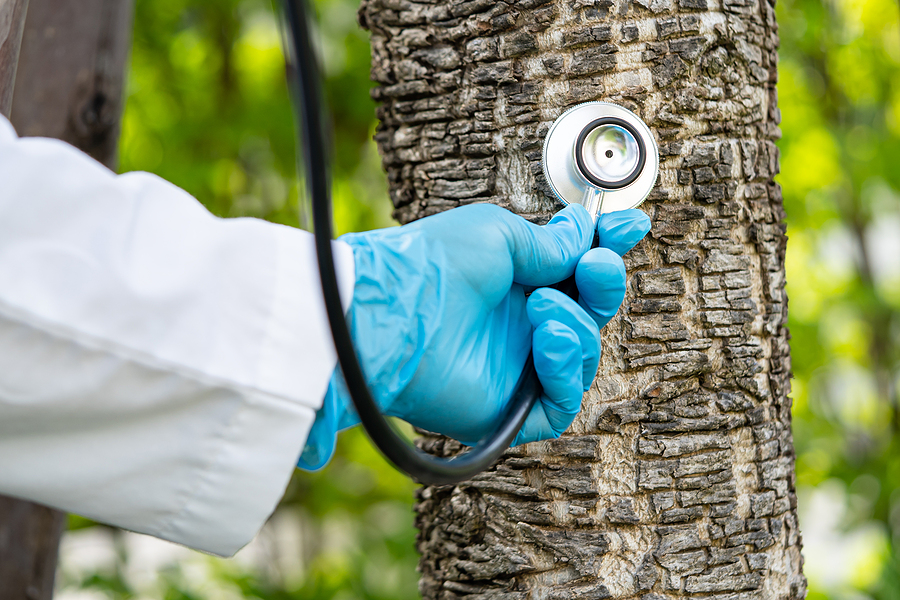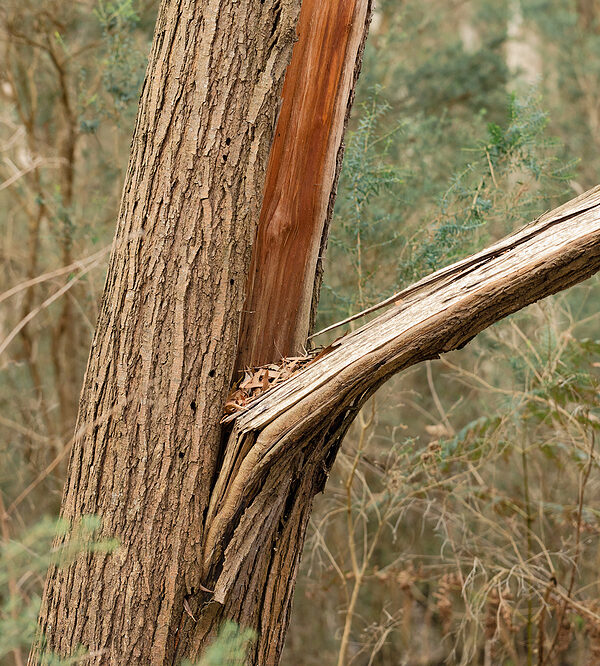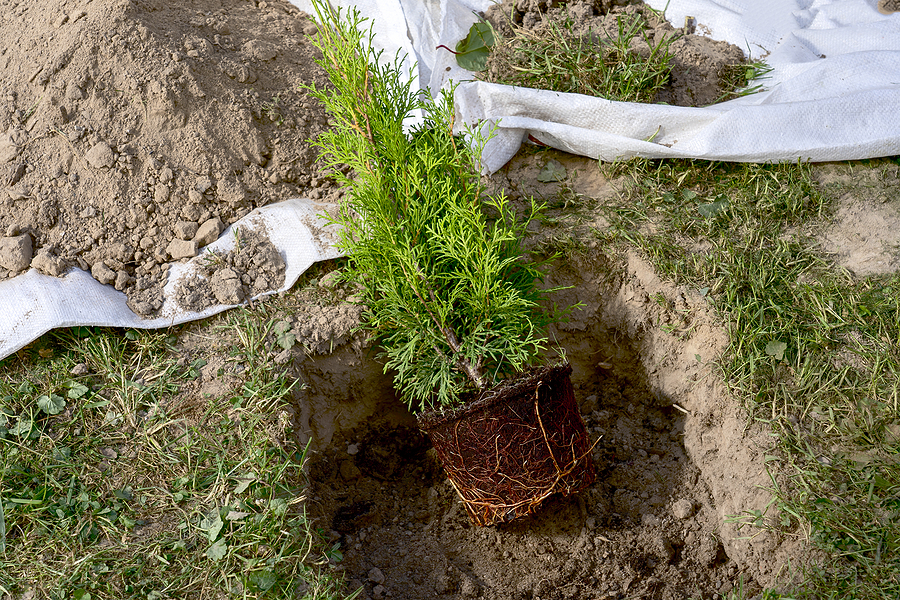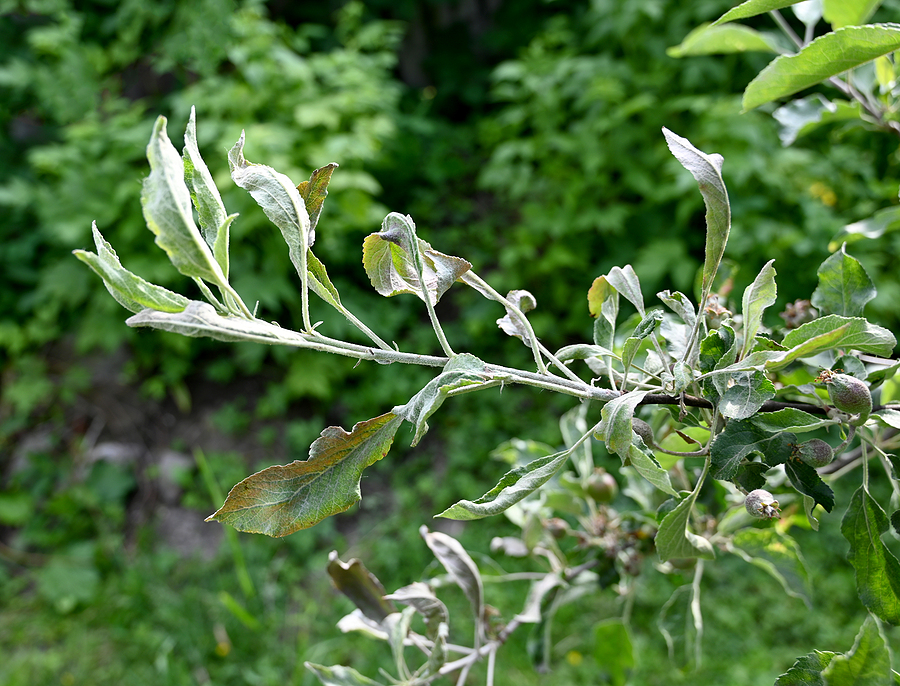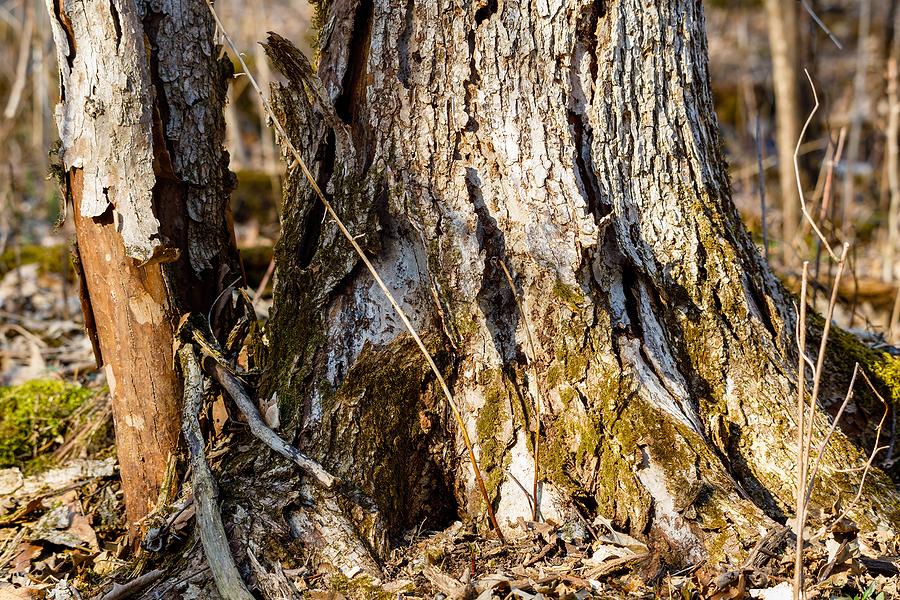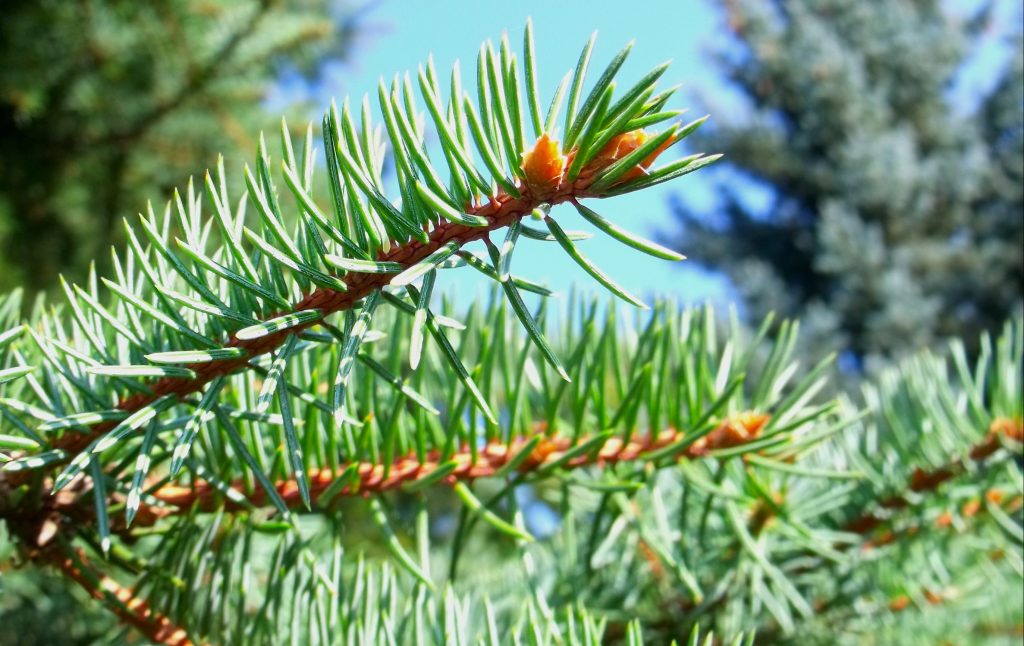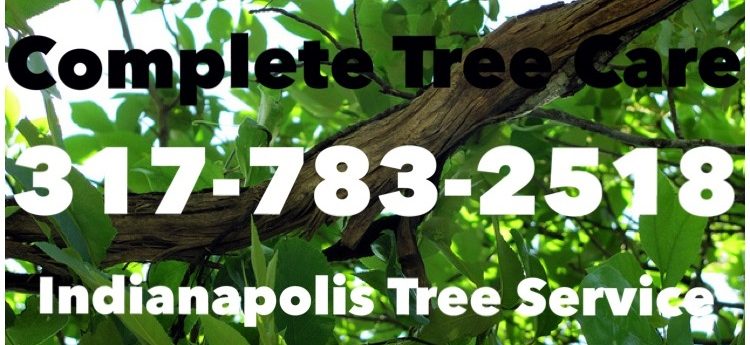In the world of arboriculture, the guardians of our green landscapes are often overlooked. These guardians are certified arborists, professionals who dedicate their lives to the health and well-being of trees. Their responsibilities stretch beyond just planting or pruning trees; they are the detectives of tree diseases, the strategists of plant health care, and the preservers of our environment.
This blog post will delve into the vital role that certified arboriculturists play, highlighting their expertise in battling tree diseases and maintaining our verdant surroundings. So, join us, as we unearth the roots of their profession and highlight the importance of their work.
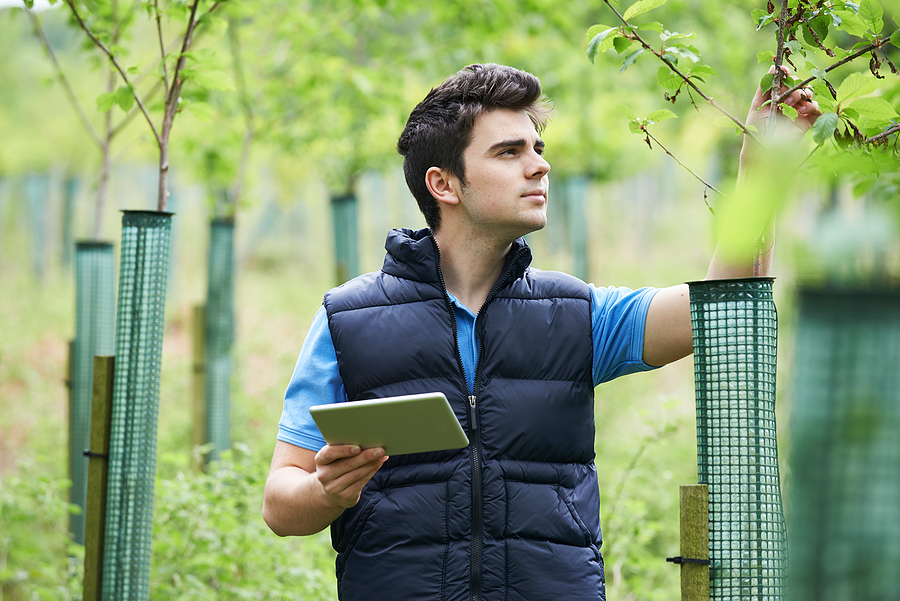
What is a Certified Arborist?
A certified arboriculturist, also known as a tree doctor or tree surgeon, is an individual who has undergone formal training and has passed a rigorous examination to become knowledgeable in the science of arboriculture. This field encompasses all aspects of tree care, from planting to preservation and everything in between. In addition to their theoretical knowledge, certified arborists must also possess practical skills that enable them to provide the best care for trees. They are trained in proper pruning techniques, the identification and treatment of tree diseases, and how to assess a tree’s health.
The Importance of Tree Health
Trees not only add beauty to our landscapes but also provide many environmental benefits such as improving air quality, reducing erosion, and providing shade. However, like any other living organism, trees are vulnerable to diseases and pests that can affect their health and even cause death. This is where arborists play a crucial role. They have the expertise to identify potential problems and provide timely treatment to save trees from irreversible damage. Their knowledge of tree biology, soil science, and pest management allows them to create tailored plant health care plans for individual trees and larger landscapes. This helps to prevent the spread of diseases and ensure the long-term health of our trees.
Detectives of Tree Diseases
One of the most critical roles of an arborist is to monitor and diagnose tree diseases. Trees can fall victim to a variety of ailments, from fungal infections to insect infestations. Certified arborists are trained in identifying the symptoms of these diseases and determining the best course of treatment. They may also conduct tests, such as soil analysis or tissue sampling, to confirm their diagnosis and ensure that the correct treatment is administered. By staying updated on the latest research and techniques in tree disease management, professional arboriculturists can effectively protect our trees from harm.
Preserving Our Environment
In addition to their expertise in tree care, accredited arborists also play a vital role in environmental preservation. By properly maintaining and preserving trees, they contribute to the overall health of our ecosystems. Trees help mitigate the effects of climate change by absorbing carbon dioxide and releasing oxygen, making them essential for our planet’s well-being. Certified arborists also play a crucial role in urban areas, where trees provide numerous benefits, including reducing the heat island effect and improving air quality. By preserving and caring for trees, professional arborists are helping to create a more sustainable future for us all.
Conclusion
Certified arborists are often unsung heroes in the world of landscaping. Their extensive knowledge and skills in arboriculture allow them to protect our valuable trees and preserve our environment. Their role in battling tree diseases, maintaining tree health, and promoting environmental sustainability is invaluable. So, the next time you take a stroll through a park or admire the trees in your backyard, remember the certified arborists who work tirelessly to keep them healthy and thriving.
Are your landscaping trees in need of some TLC this spring? Contact Complete Tree Care at 317-783-2518 to get advice from a certified arborist in Indianapolis, Indiana. We serve residential and commercial clients with comprehensive tree care solutions.
Related Posts:
Common Diseases Affecting Trees in Indiana and How to Treat Them
Arborist Insights: Proactive Measures for Healthy Trees
Arbor Day Tips for Taking Care of a Newly Planted Tree

